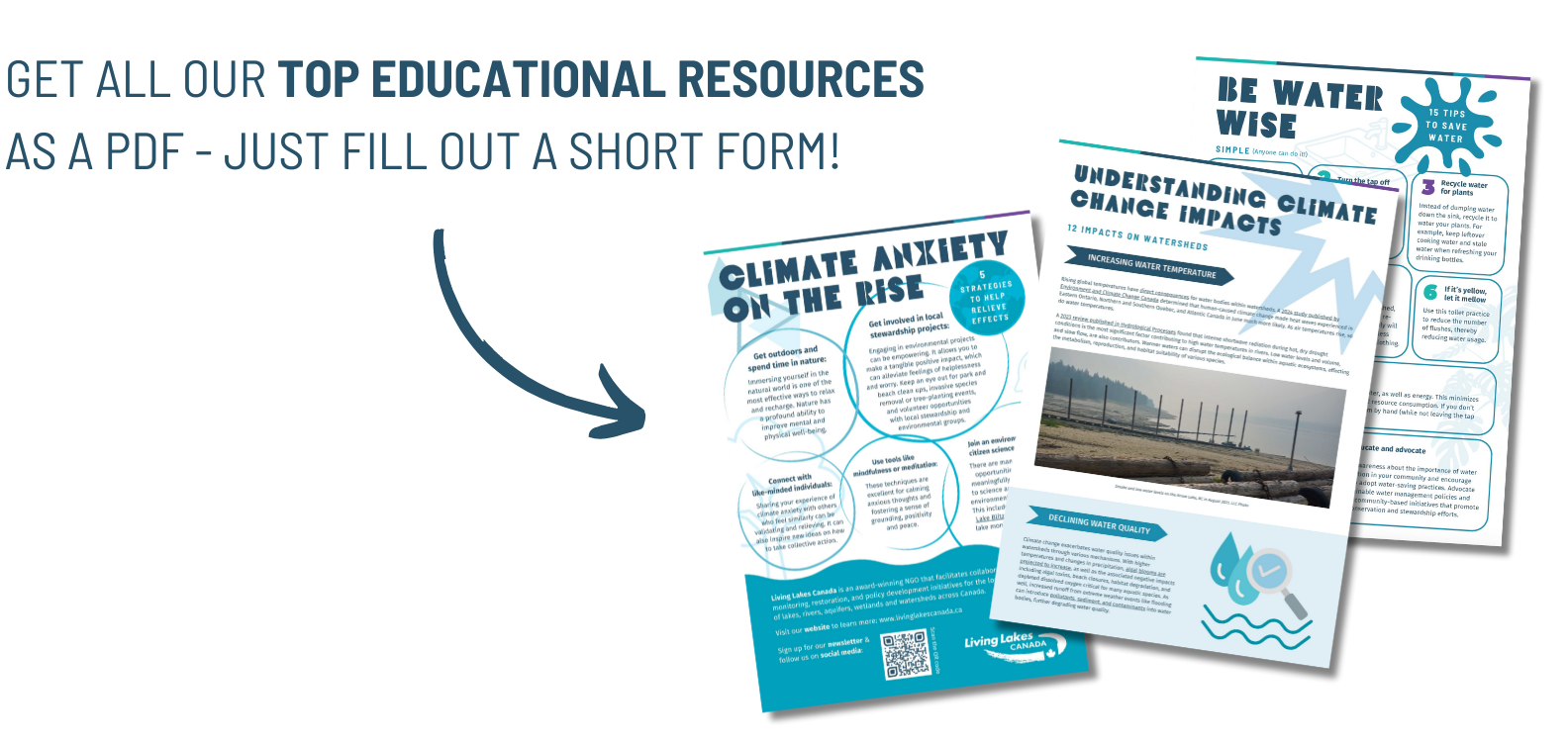Be Water Wise
15 Tips to Save Water
As we experience escalating drought conditions, it’s important to adopt water-saving habits in our daily lives.
Conserving water not only helps lessen the impacts of drought for communities and ecosystems, but also supports sustainable water use for future generations.
Here are 15 tips to help you conserve water at home!
Easy (anyone can do it!):
1. Shorten shower time: Aim for shorter showers to minimize water usage. Consider installing a shower timer or using a water-efficient shower head to further reduce water consumption.
2. Turn the tap off: When brushing your teeth or washing your face, turn the tap off, instead of letting it run. You can also apply this suggestion for hand washing dishes.
3. Recycle water for plants: Instead of dumping water down the sink, recycle it to water your plants. For example, keep leftover cooking water and stale water when refreshing your drinking bottles.
4. If it’s yellow, let it mellow: Use this toilet practice to reduce the number of flushes, thereby reducing water usage.
5. Showers over baths: Typically, a five minute shower uses around 10-25 gallons of water, whereas a full bathtub uses about approximately 70 gallons of water.
6. Wash only what you need to: Be selective about what clothing needs to be washed, and get into the habit of re-wearing clothing. Not only will this save water, but it’s less wear and tear on your clothing.
7. Do full loads of laundry and dishes: Try to run full loads of laundry and dishes to conserve water, as well as energy. This minimizes the number of cycles needed, reducing overall household resource consumption. If you don’t have enough dishes for a full load, consider cleaning them by hand (while not leaving the tap running).
8. Sweep instead of hosing: Instead of using a hose to clean outdoor surfaces like driveways and sidewalks, opt for a broom to sweep up debris. This simple switch can save significant amounts of water while keeping outdoor areas clean.
9. Educate and advocate: Spread awareness about the importance of water conservation in your community and encourage others to adopt water-saving practices. Advocate for sustainable water management policies and support community-based initiatives that promote water conservation and stewardship efforts.

Advanced (requires extra equipment and/or knowledge):
10. Collect rainwater: Harvest rainwater by installing rain barrels or cisterns to collect runoff from your roof. This harvested water can be used for outdoor irrigation, reducing the need for potable water for gardening purposes.
11. Water wisely: Practice smart irrigation techniques by watering your lawn and garden during the early morning or late evening to minimize evaporation. Use drip irrigation systems or soaker hoses to deliver water directly to plant roots and avoid runoff. Stay up to date with local drought conditions and respect water restriction guidelines.
12. Mulch your garden: Apply a layer of mulch around plants and trees to retain soil moisture and suppress weed growth. Mulching helps conserve water by reducing evaporation from the soil surface and promoting healthier plant growth.
13. Use native plants: Choose drought-tolerant native plants for your landscaping to minimize water requirements. Native plants are adapted to local climate conditions and often require less water and maintenance compared to exotic species. Find out your local plant hardiness zone and grow plants that thrive in your local zone.
14. Fix leaks: Leaky faucets, toilets, and pipes can waste hundreds of gallons of water each month. Regularly check for leaks and promptly repair them to prevent water wastage.
15. Install water-saving fixtures: Upgrade your home with water-efficient fixtures such as low-flow toilets, aerated faucets, and efficient shower heads. These fixtures can significantly reduce water consumption.

! TIP: Many municipalities offer water conservation rebates. Check with your local government to see if they offer support in implementing any of the above tips.
Remember that every drop saved contributes to a more sustainable and resilient water future for all. Let’s work together to protect this precious resource for generations to come.
SIGN UP for Living Lakes Canada’s newsletter to stay in the flow of water news and get involved in the protection of lakes, rivers, wetlands and watersheds.
Learn more about our water science and stewardship
The National Lake Blitz is an annual volunteer citizen science program with the goal of encouraging the widespread monitoring of lakes across Canada by providing accessible tools and support. Learn more.
The Columbia Basin Water Monitoring Framework is a coordinated monitoring network that helps track the effects of climate change and other impacts on water supply for communities and ecosystems, and aims to inform strategies for adaptive watershed management. Learn more.
The Columbia Basin Groundwater Monitoring Program aims to increase knowledge about groundwater resources through collecting and sharing groundwater level data from dozens of Volunteer Observation Wells. Learn more.


